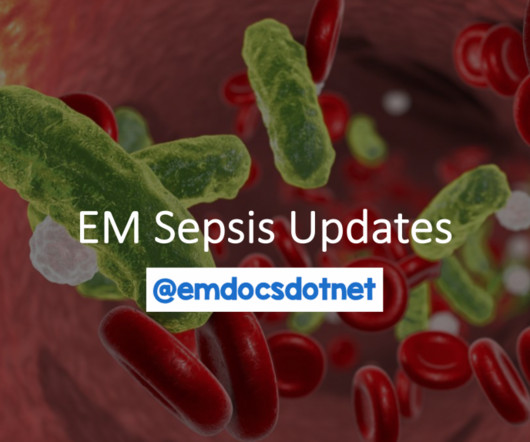Diffuse Subendocardial Ischemia on the ECG. Left main? 3-vessel disease? No!
Dr. Smith's ECG Blog
NOVEMBER 19, 2016
Smith comment: This patient did not have a bedside ultrasound. Had one been done, it would have shown a feature that is apparent on this ultrasound (however, this patient's LV function would not be as good as in this clip): This is recorded with the LV on the right. In fact, bedside ultrasound might even find severe aortic stenosis.












Let's personalize your content